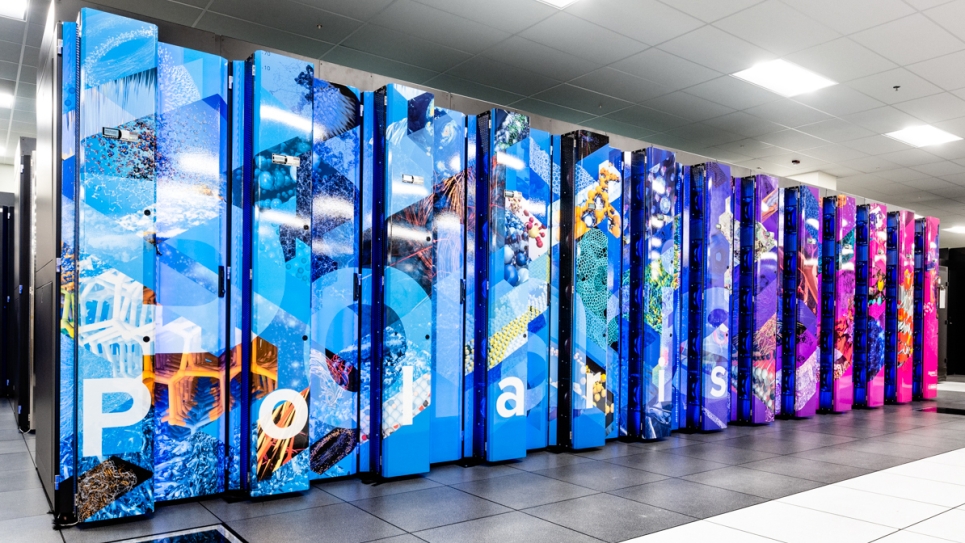Theta was, until early August, the most powerful system at Argonne National Laboratory’s Department of Energy, in the United States of America. Now, with four times its power, comes Polaris, with 44 petaflops. It was built with AMD Epyc processors and Nvidia GPUs, just like Frontier – the world’s first exascale supercomputer, installed at Oak Ridge National Laboratory.
The new machine, developed by HPE within a year, is the launch pad for the Argonne lab’s future exascale system, Aurora, which was already supposed to be launched in 2018, according to what was reported by Data Center Dynamics. However, alleged processor problems broke the plans.
There are already several jobs planned for Polaris, most notably those preparing for the arrival of Aurora. So it’ll immediately be in charge of supporting the Argonne Department of Energy’s Exascale Computing Project (ECP) and the Aurora Early Science Program (ESP).
This pre-exascale supercomputer can also be expected to support projects using HPC and Artificial Intelligence applied to science. Katherine Riley, Director of Science at the Argonne Leadership Computing Facility highlights the new system’s action in areas such as “cancer, performing massive cosmological simulations to advance understanding of the universe, and in modeling turbulence flows to design more efficient aircraft.”
Building Polaris with hybrid systems that combine CPUs and GPU accelerators make it, in terms of architecture, similar to what is projected for Aurora. But there are other technologies shared between them so that, according to experts at Argonne National Laboratory, the transition to the long-awaited exascale supercomputer will be easier.
